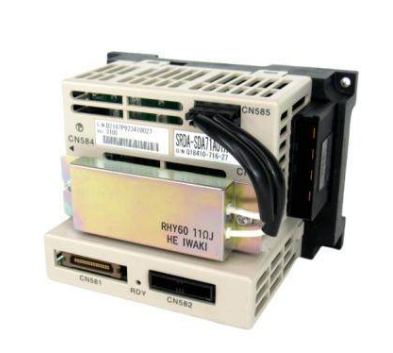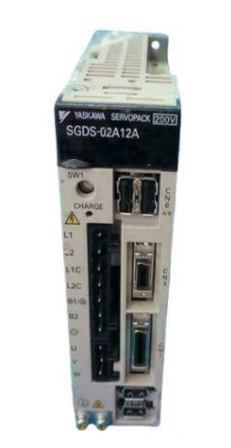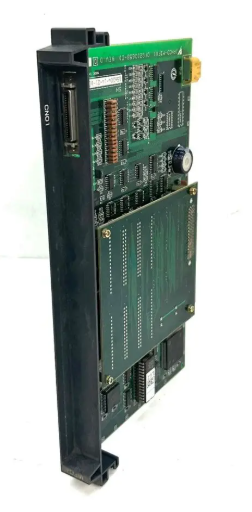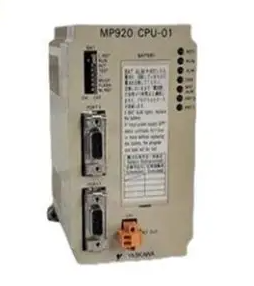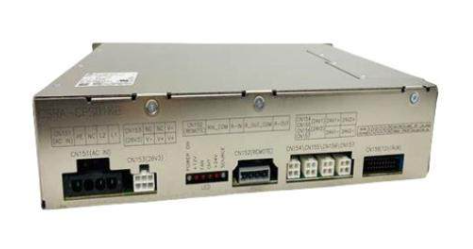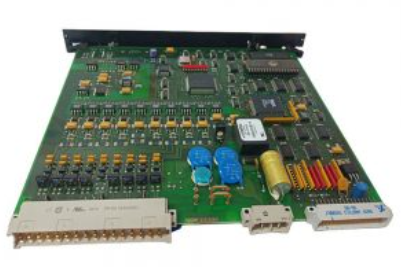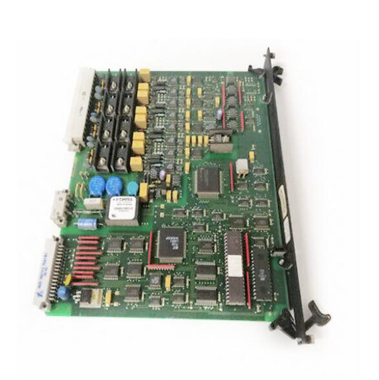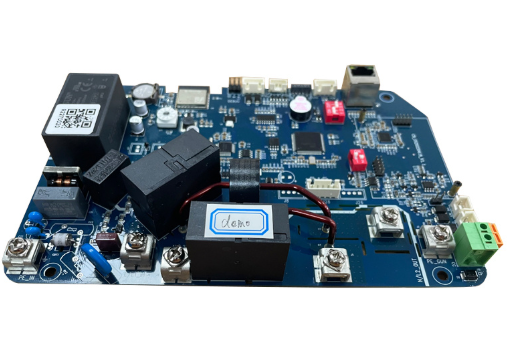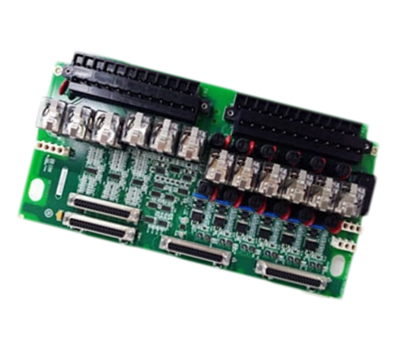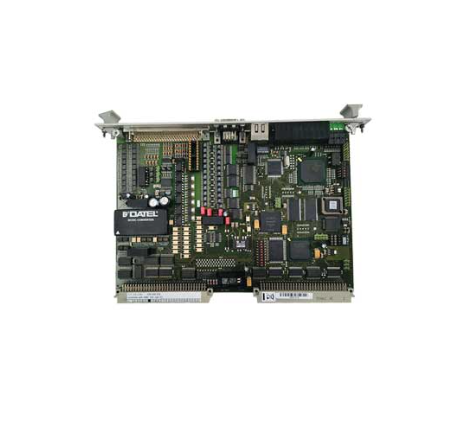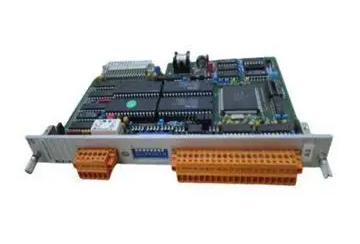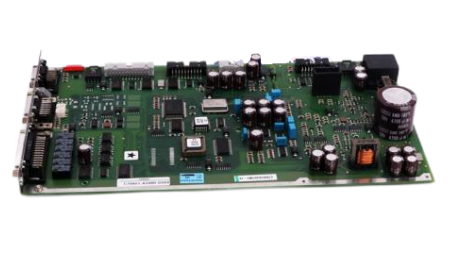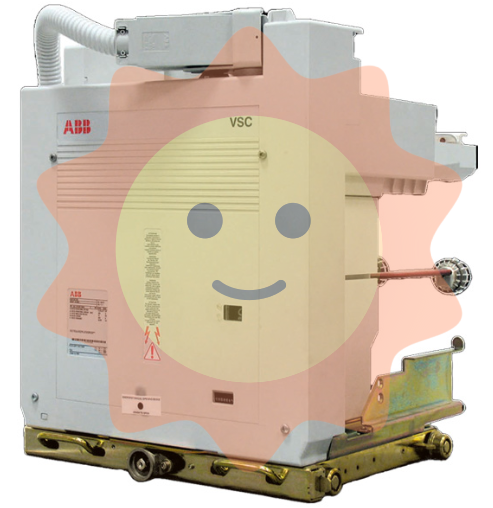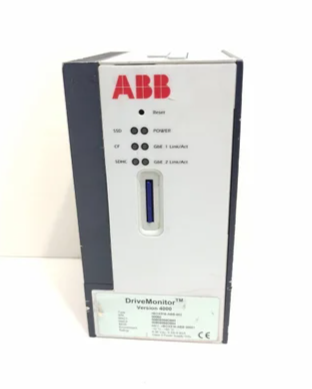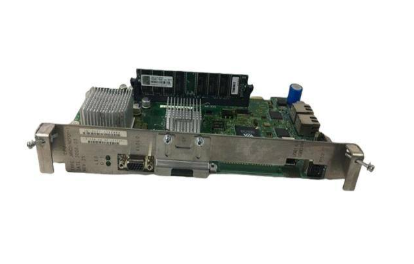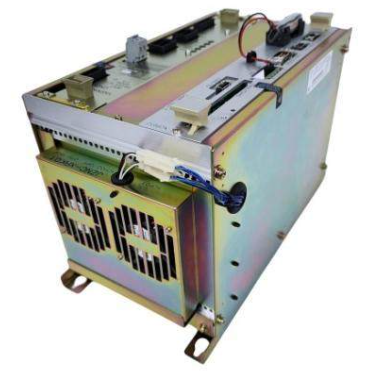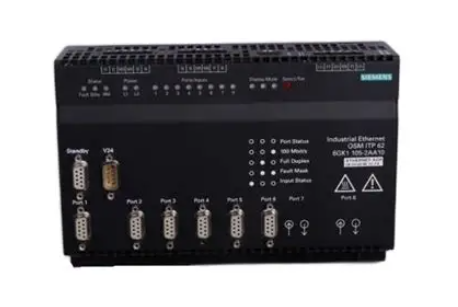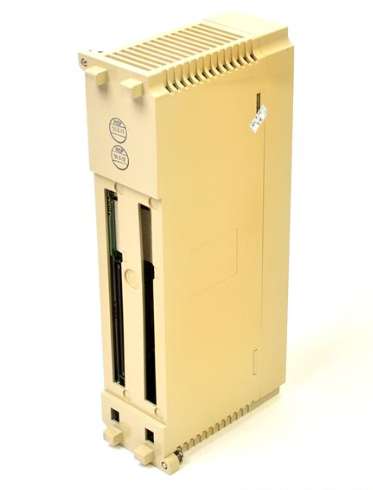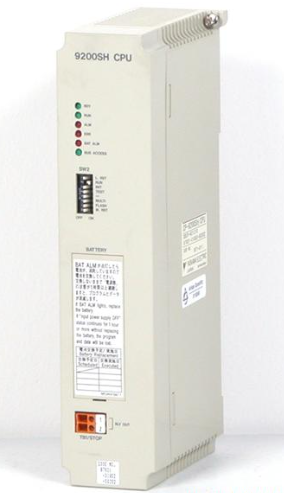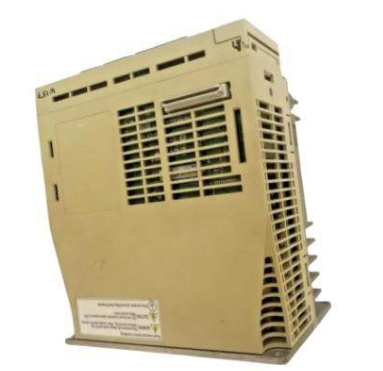ABB YYT107A YT212002AD PLC module
ABB YYT107A YT212002AD PLC module
Product Overview
The ABB YYT107A YT212002AD PLC module is a core equipment designed specifically for industrial automation control systems, responsible for key tasks such as data processing, logic control, and equipment coordination in automated production processes. It can receive signals from various sensors, perform internal logic operations and program processing, output control instructions to drive actuators, thereby achieving automation control of industrial equipment, ensuring efficient, stable, and precise operation of the production process. It is widely applicable to various industrial scenarios, from simple single machine control to complex production line integration, and can play an important role.
Core functions
(1) Logic control function
Supports multiple programming languages, such as Ladder Diagram, Structured Text, Function Block Diagram, etc. Users can choose the appropriate language to write control programs according to their own needs and programming habits. The module is capable of performing basic logical operations (AND, OR, NOT, etc.), arithmetic operations, as well as complex sequential control and conditional judgment, to achieve logical control of various equipment in the industrial production process, ensuring that the production process runs in the predetermined order and conditions.
(2) Data processing and computation
Capable of powerful data processing and computation, capable of filtering, converting, and calculating collected digital and analog data. For example, linearizing analog data, converting engineering quantities, counting and timing digital data, providing accurate data support for control decisions, and achieving precise control of industrial process parameters.
(3) Communication and networking functions
Through rich communication interfaces and supported multiple communication protocols, it can communicate with upper computer monitoring systems, other PLC modules, touch screens, sensors and other devices. Realize real-time uploading and downloading of data, facilitate remote monitoring and management of industrial production processes by operators, and collaborate with other devices to build a distributed industrial automation control system, improving the intelligence and integration level of the system.
(4) Fault diagnosis and alarm
Built in comprehensive fault diagnosis system, capable of real-time monitoring of the operating status of internal circuits, I/O channels, communication connections, and other parts of the module. Once a fault is detected, such as abnormal input signals, communication interruptions, module overheating, etc., an alarm mechanism is immediately triggered. Fault information is fed back through LED indicator lights flashing, communication interface output fault codes, etc., which facilitates maintenance personnel to quickly locate and troubleshoot faults, ensuring the continuity of industrial production.
Working principle
After the ABB YYT107A YT212002AD PLC module is connected to the industrial automation control system, it first collects digital and analog signals from on-site sensors through the input interface. Digital signals are directly subjected to level conversion and isolation processing, while analog signals are converted into digital signals through A/D converters, and then these signals are transmitted to the central processing unit (CPU) inside the module.
The CPU performs logical operations and data processing on input signals based on control programs pre written by the user and stored in memory, generating corresponding control instructions. After processing, these control instructions are transmitted to actuators such as relays, solenoid valves, motor drivers, etc. through output interfaces to control the operating status of equipment and achieve regulation of industrial production processes.
Throughout the entire operation, the communication module is responsible for data exchange with external devices. On the one hand, the collected data and module operation status information are packaged according to the selected communication protocol and uploaded to the upper computer monitoring system or other network devices through the communication interface; On the other hand, it receives control instructions and parameter adjustment information from the upper computer or other devices, and transmits them to the CPU for processing. At the same time, the fault diagnosis module continuously monitors the operating status of each part of the module. Once an abnormality is detected, it immediately triggers an alarm and corresponding fault handling mechanisms.
Key advantages
(1) High reliability and stability
By using high-quality electronic components and advanced manufacturing processes, and undergoing strict quality inspection and aging testing, the module is ensured to be stable and reliable during long-term operation. Electrical isolation design and a comprehensive fault diagnosis mechanism enable it to effectively resist complex electromagnetic interference and environmental factors in industrial sites, reduce failure rates, minimize downtime, and ensure the continuity of industrial production.
- EMERSON
- Honeywell
- CTI
- Rolls-Royce
- General Electric
- Woodward
- Yaskawa
- xYCOM
- Motorola
- Siemens
- Rockwell
- ABB
- B&R
- HIMA
- Construction site
- electricity
- Automobile market
- PLC
- DCS
- Motor drivers
- VSD
- Implications
- cement
- CO2
- CEM
- methane
- Artificial intelligence
- Titanic
- Solar energy
- Hydrogen fuel cell
- Hydrogen and fuel cells
- Hydrogen and oxygen fuel cells
- tyre
- Chemical fiber
- dynamo
- corpuscle
- Pulp and paper
- printing
- fossil
- FANUC
- Food and beverage
- Life science
- Sewage treatment
- Personal care
- electricity
- boats
- infrastructure
- Automobile industry
- metallurgy
- Nuclear power generation
- Geothermal power generation
- Water and wastewater
- Infrastructure construction
- Mine hazard
- steel
- papermaking
- Natural gas industry
- Infrastructure construction
- Power and energy
- Rubber and plastic
- Renewable energy
- pharmacy
- mining
- Plastic industry
- Schneider
- Kongsberg
- NI
- Wind energy
- International petroleum
- International new energy network
- gas
- WATLOW
- ProSoft
- SEW
- wind
- ADVANCED
- Reliance
- YOKOGAWA
- TRICONEX
- FOXBORO
- METSO
- MAN
- Advantest
- ADVANCED
- ALSTOM
- Control Wave
- AB
- AMAT
- STUDER
- KONGSBERG
- MOTOROLA
- DANAHER MOTION
- Bently
- Galil
- EATON
- MOLEX
- Triconex
- DEIF
- B&W
- ZYGO
- Aerotech
- DANFOSS
- KOLLMORGEN
- Beijer
- Endress+Hauser
- MOOG
- KB
- Moxa
- Rexroth
- YAMAHA
- Johnson
- Westinghouse
- WAGO
- TOSHIBA
- TEKTRONIX
- BENDER
- BMCM
- SMC


Email:wang@kongjiangauto.com


